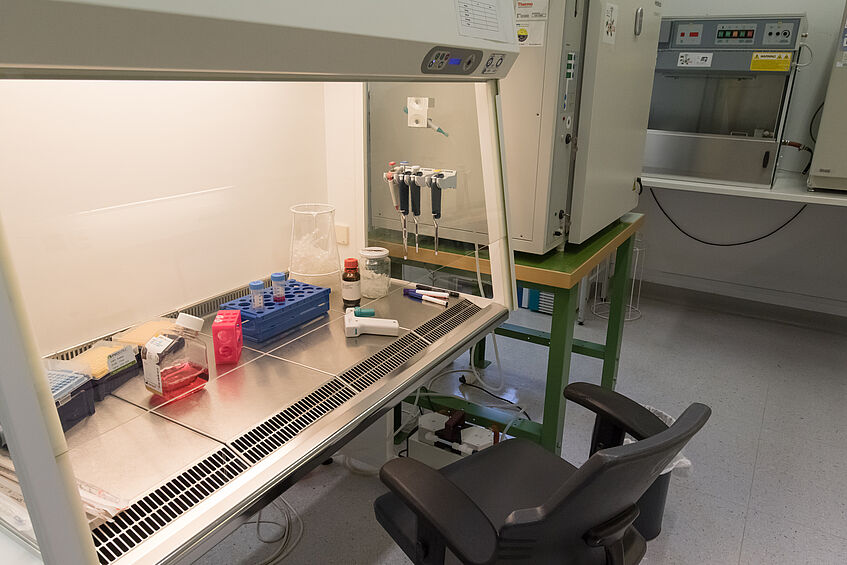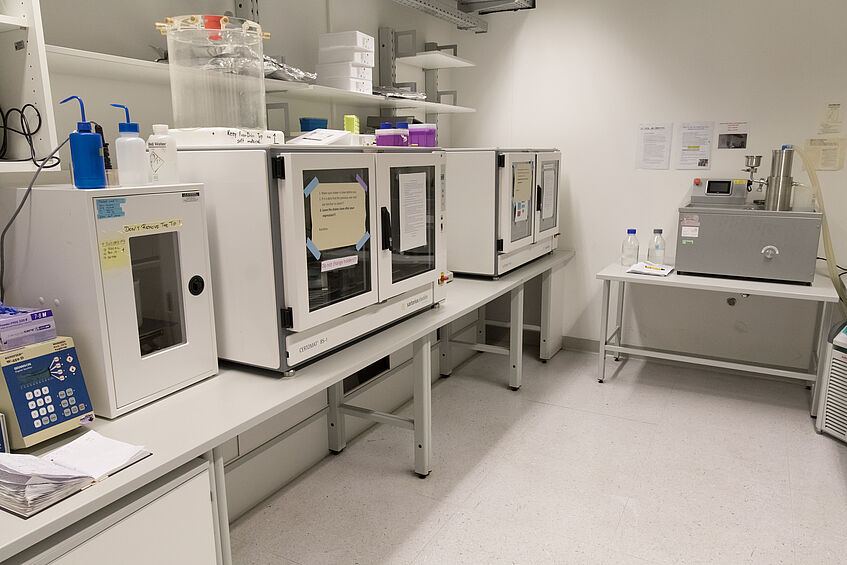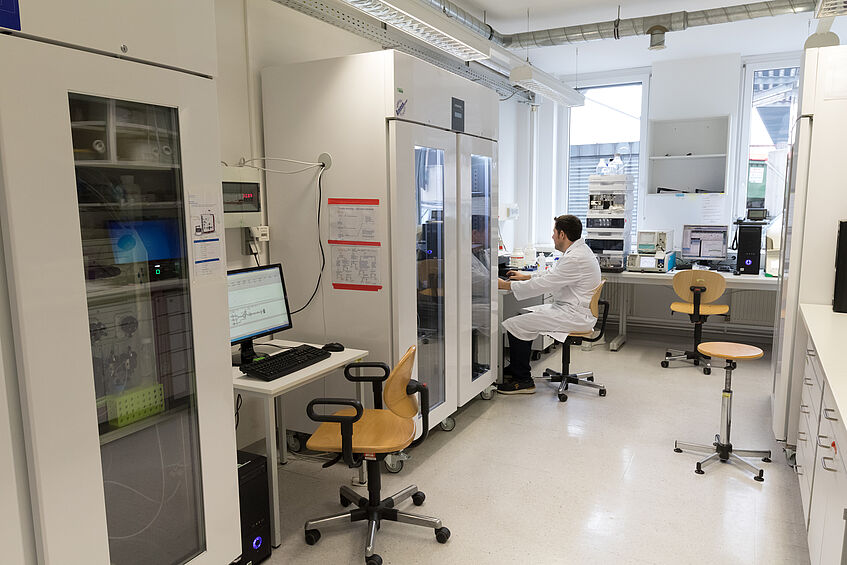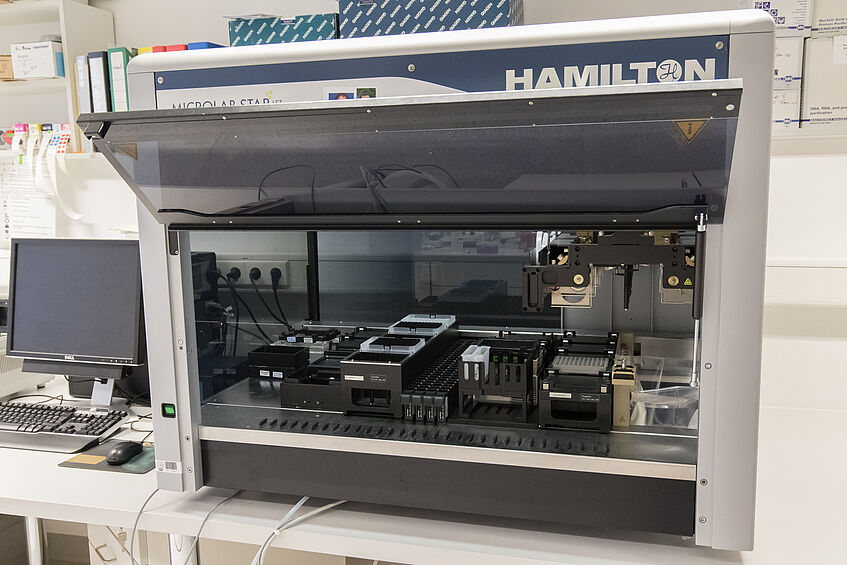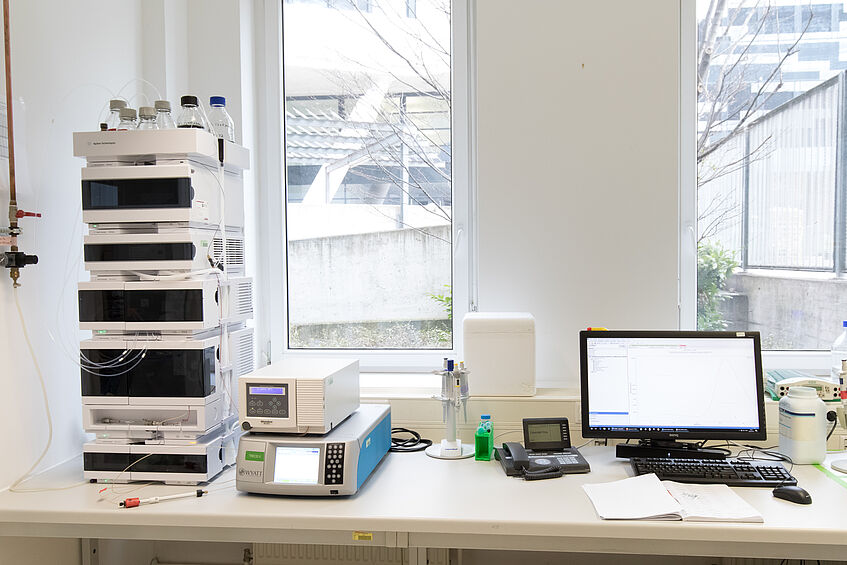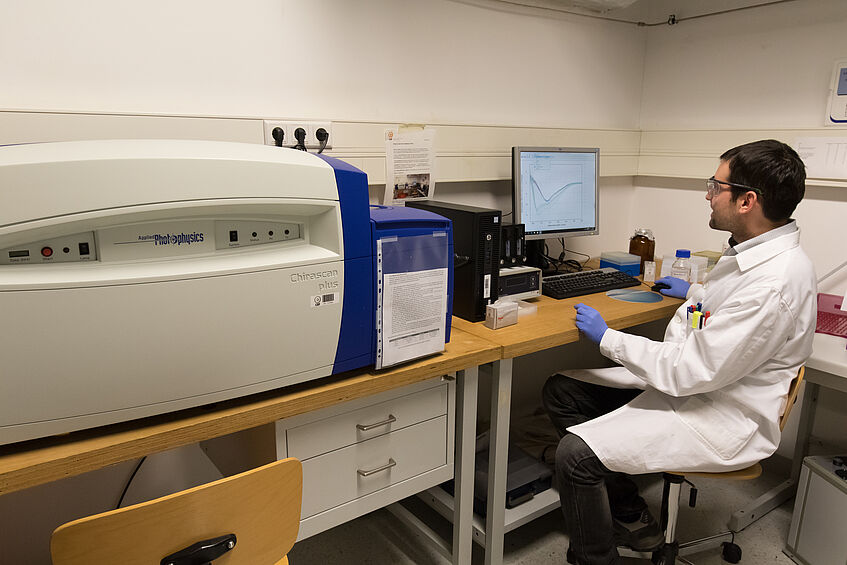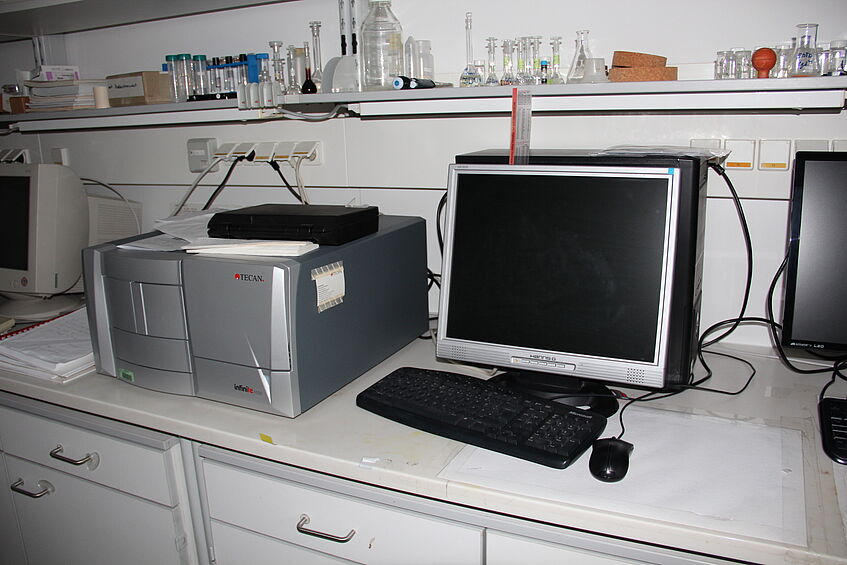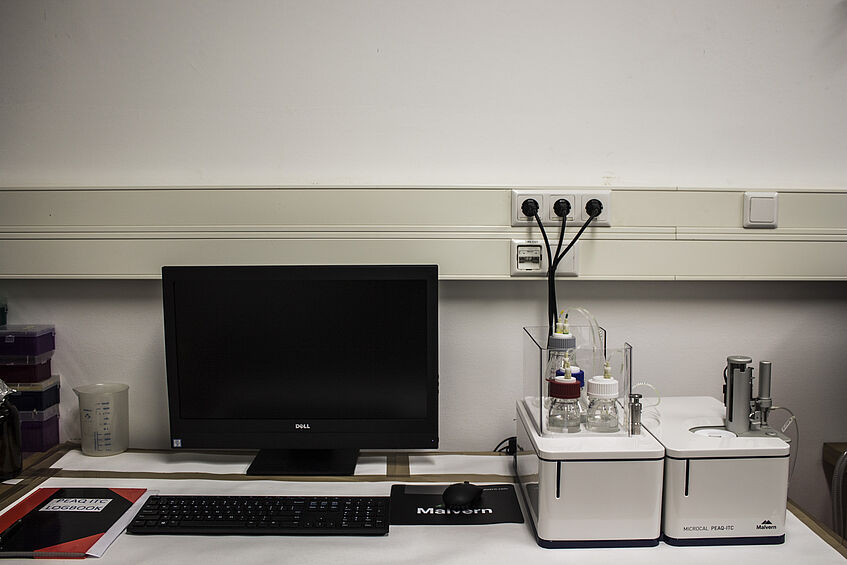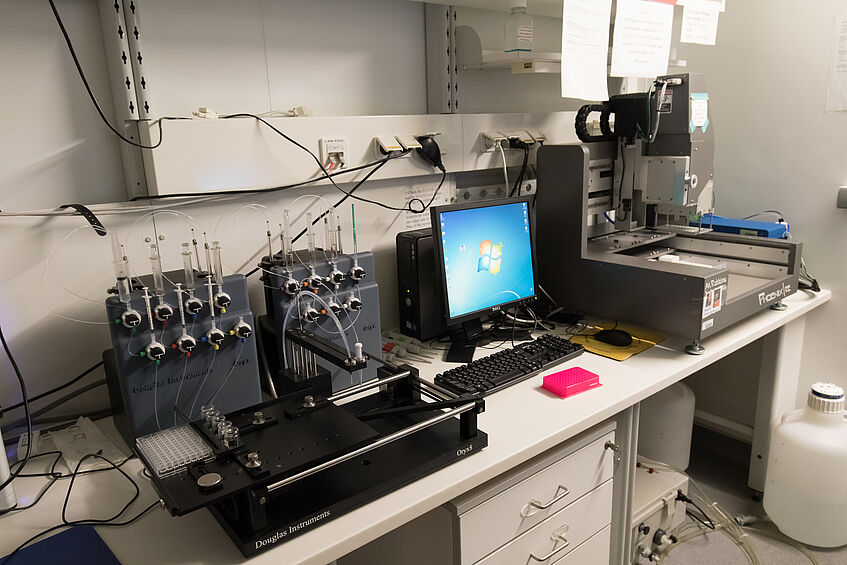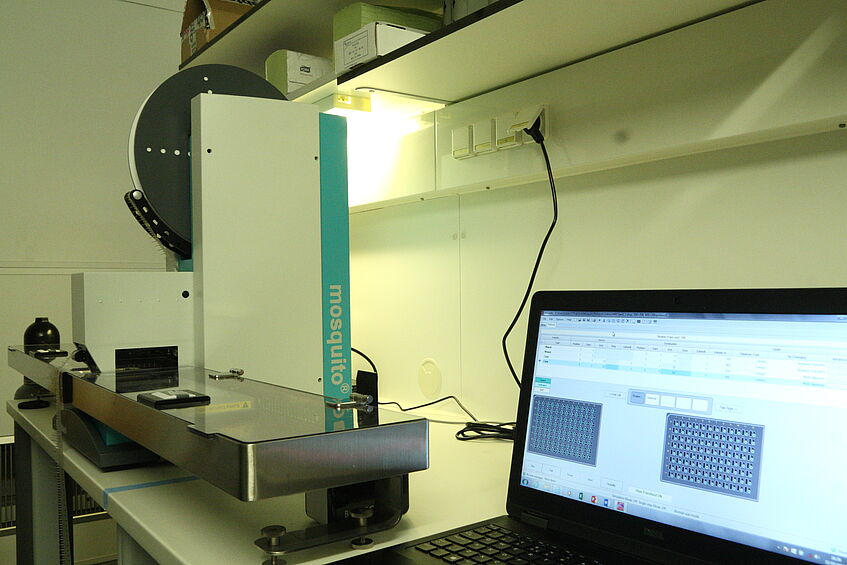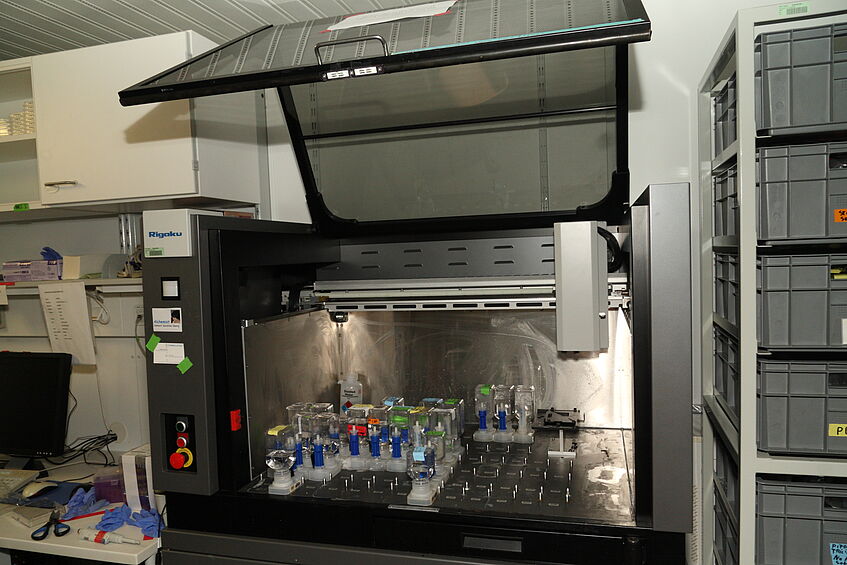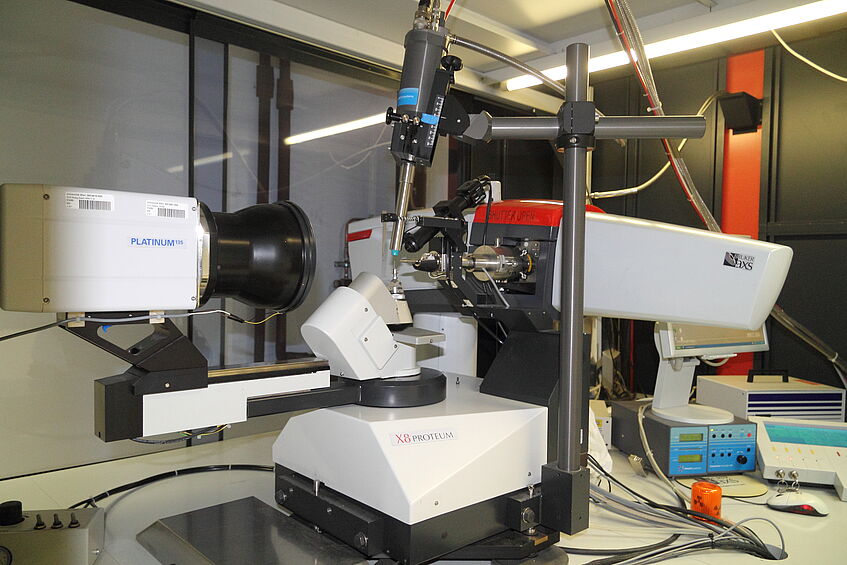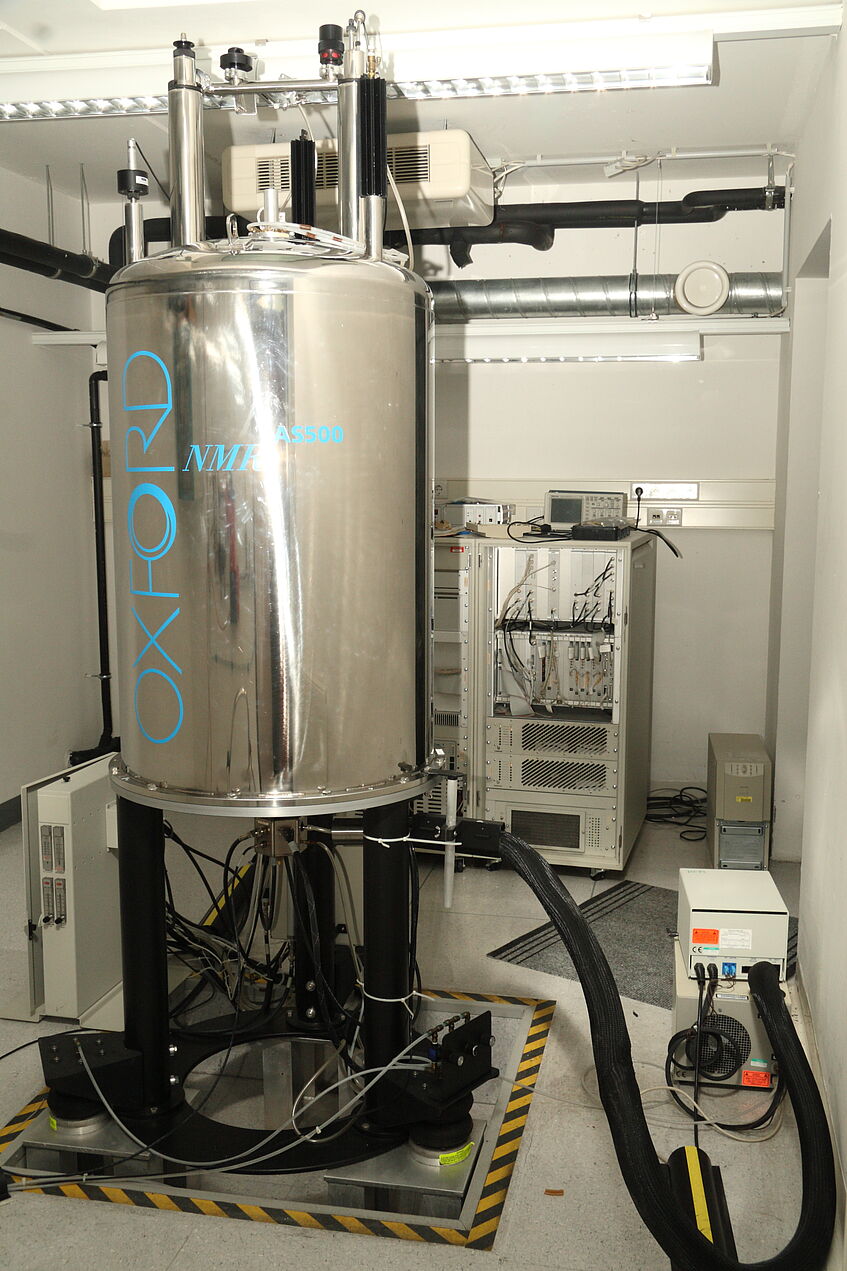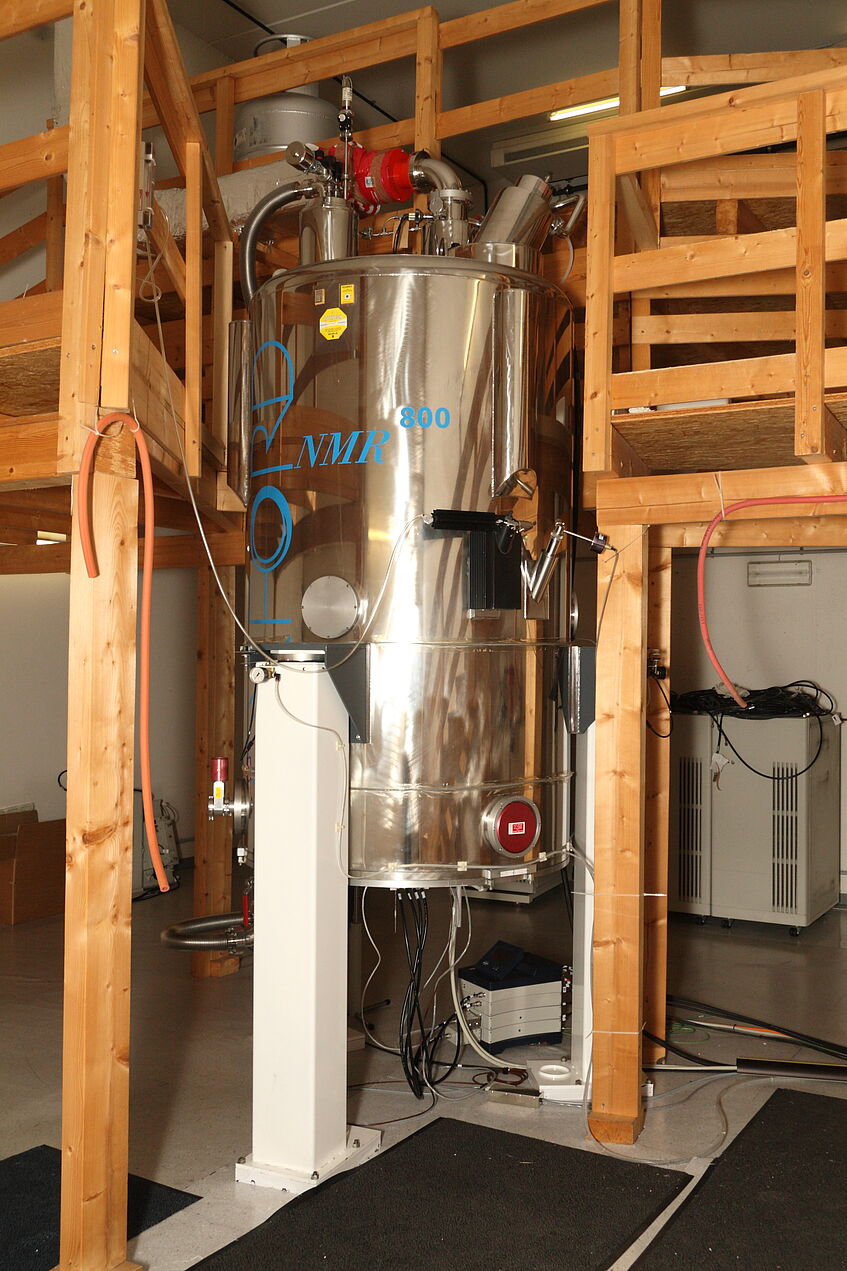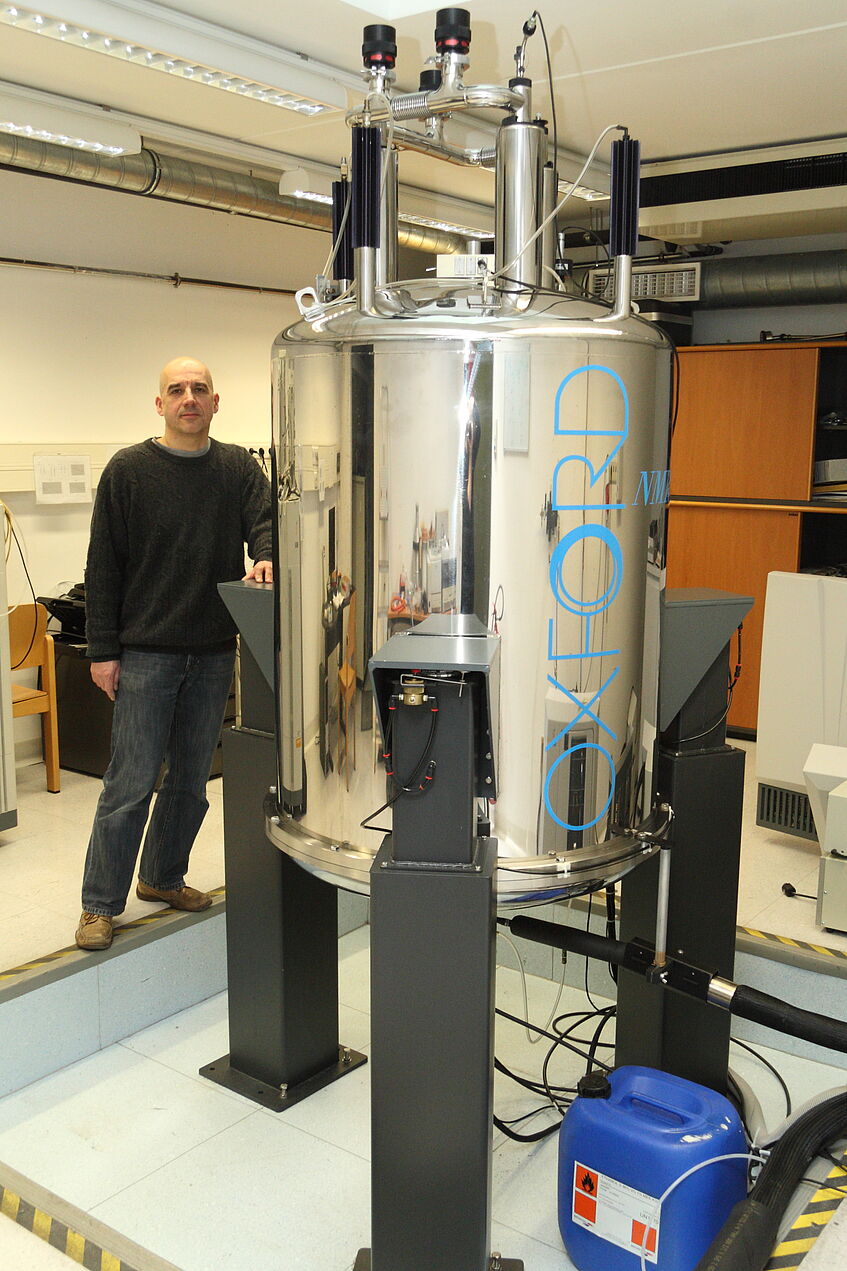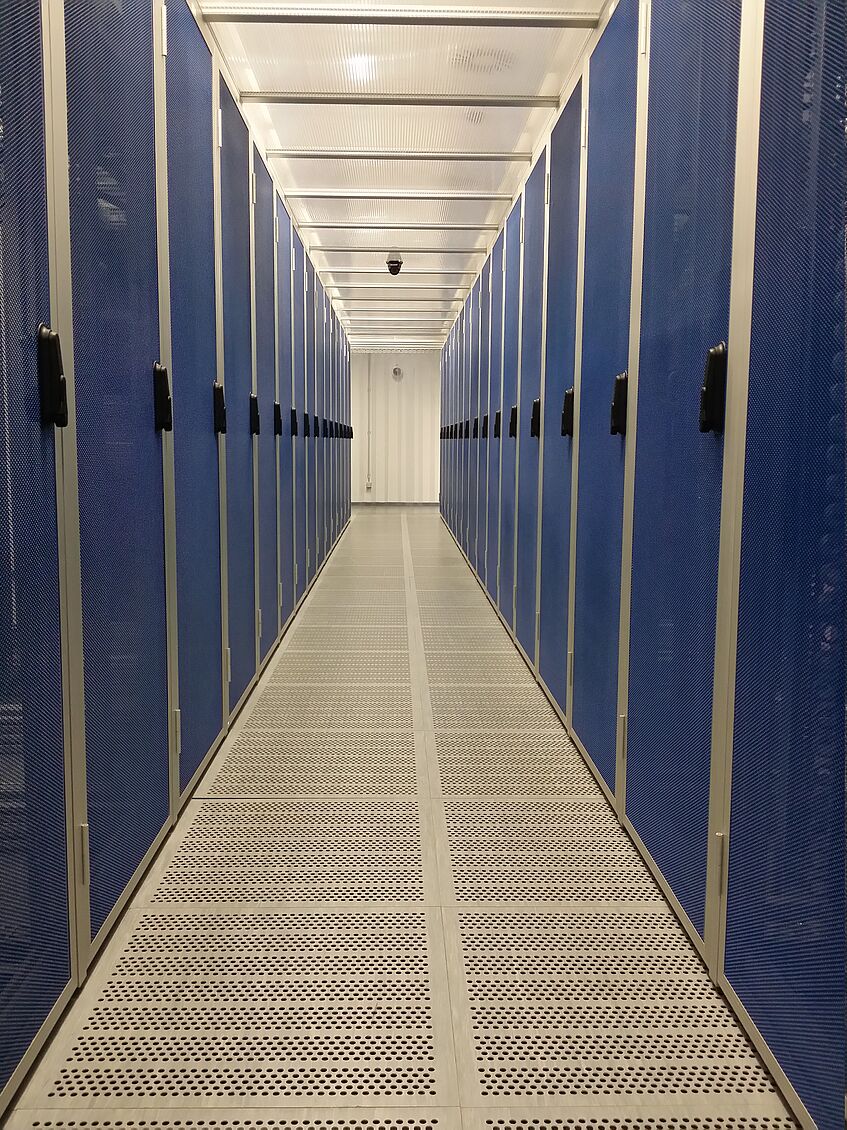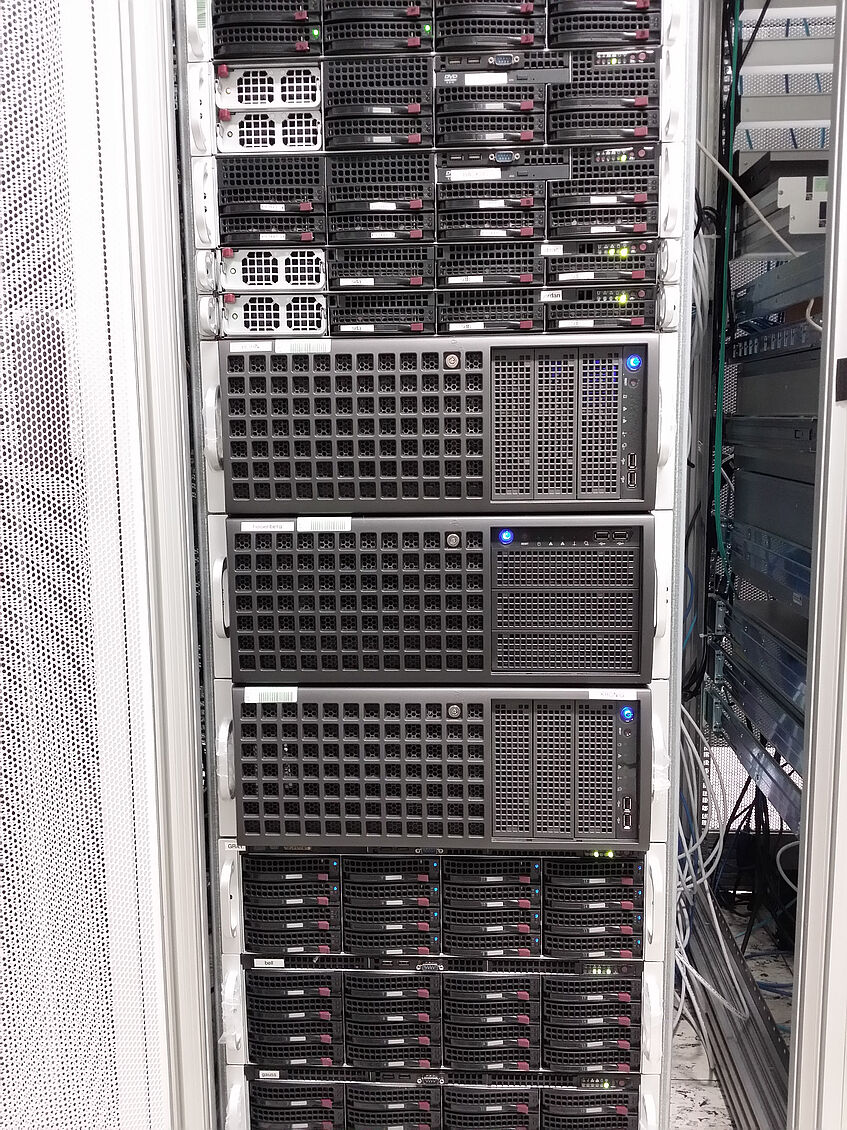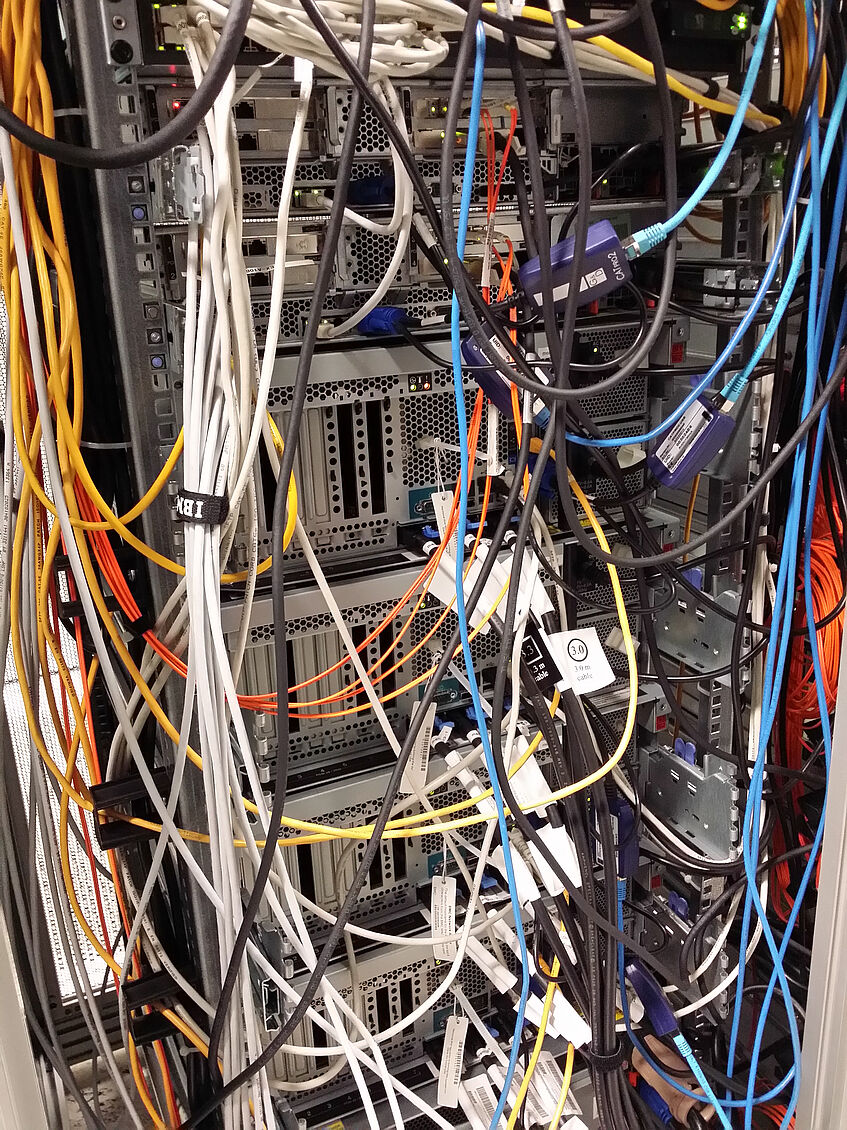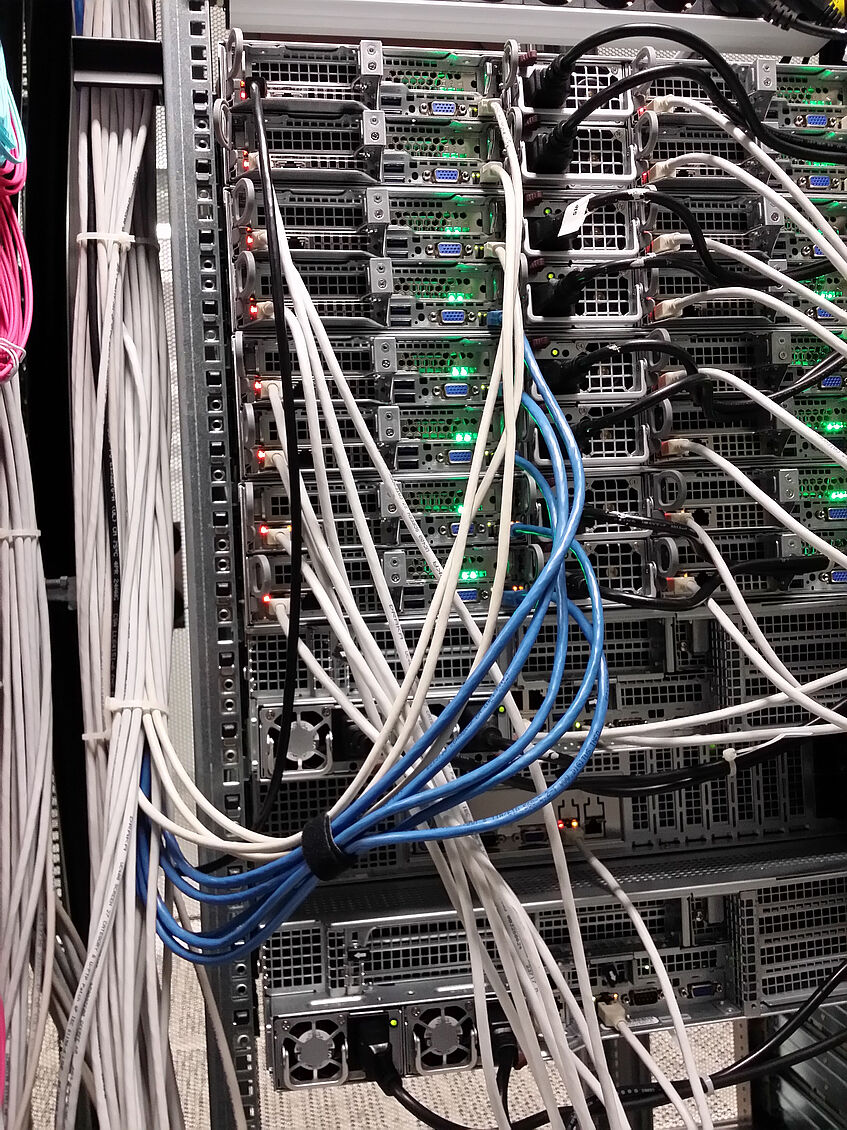Cloning, protein expression and purification
Several gradient PCR machines. Incubators and fermenter for bacterial cultures as well as two fully equipped cell-culture rooms with incubators and microscopes for insect and mammalian cells. French press, cell disrupter, two sonicators and several (ultra)centrifuges. Nine ÄKTAs equipped with complete sets of columns for protein purification. Multi-purpose liquid handling robot for protein expression screening and protein-protein interactions detection, microfluidics capillary electrophoresis system for protein characterisation and protein lyophilizator.
Biophysical/biochemical characterisation and kinetics spectroscopy
Dynamic light scattering, two HPLCs coupled to multi-angle light scattering detectors, circular dichroism, differential scanning calorimetry and fluorimetry, 2 isothermal micro-calorimeters, UV/VIS absorption and fluorescence spectrophotometers. Stopped flow including fluorescence, fluorescence anisotropy and fluorescence correlation spectroscopy with confocal microscopy including FIDA and PCH.
Macromolecular crystallography
Three nano-drop crystallisation robots, multi-purpose liquid handling robot and several microscopes for crystal visualization. Two crystal imaging robots and a liquid handling robot dedicated for refinement of crystallisation conditions. High-end X-ray diffraction equipment composed of a small focus high-brilliance rotation anode generator, CCD detector, multi-axis goniometer and a cryo-cooling device.
Nuclear magnetic resonance
Four high-field (800 MHz, 2x600 MHz and 500 MHz) NMR spectrometers, Bruker Avance NEO or Avance 3HD+, all equipped for macromolecular NMR and structural biology applications. Staff of the NMR facility can assist with all standard NMR experiments and customized solutions for special applications can be developed.
Computational
The computational equipment in the department consists of several individual high-performance computing clusters with a total of approximately 1,700 cores and 300 TB of disk space. Operating system is generally Linux with many up-to-date scientific programs being used and developed. Scientists in the department also have privileged access to the Vienna Scientific Cluster with over 30,000 Infiniband-linked cores.
Fotos
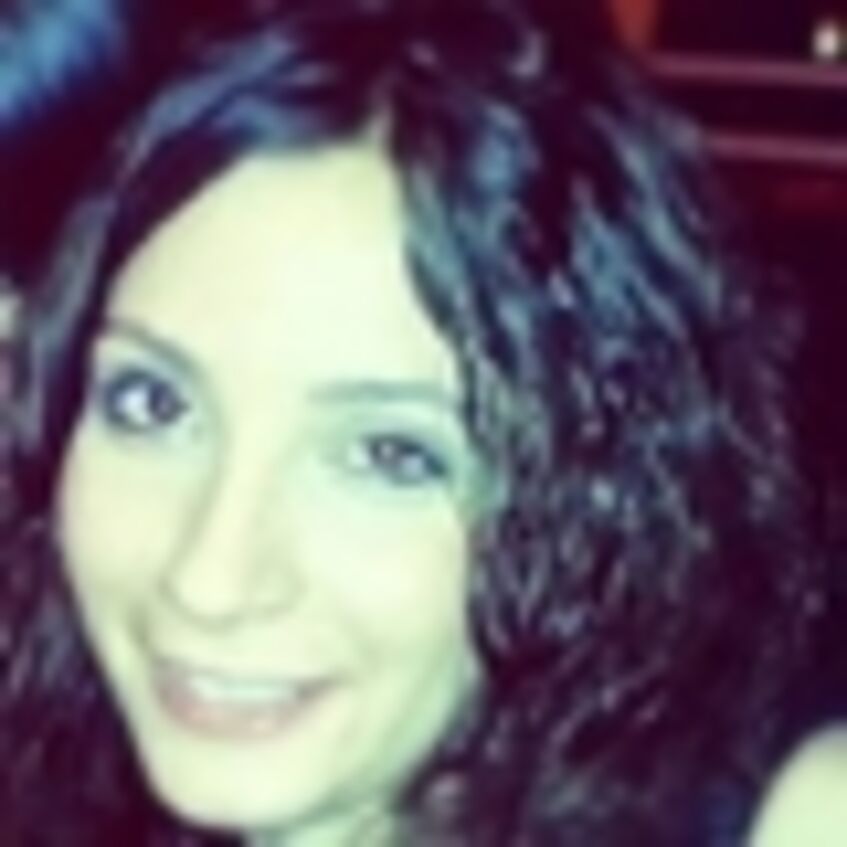
Valeria Stefania

Mate Somlyay

